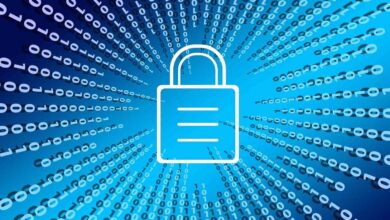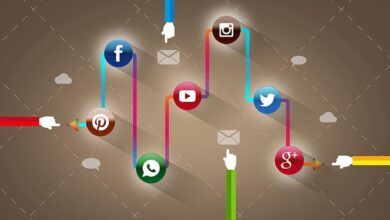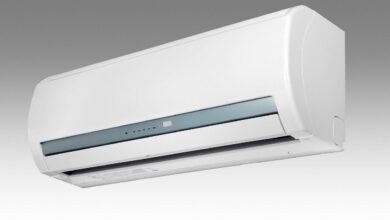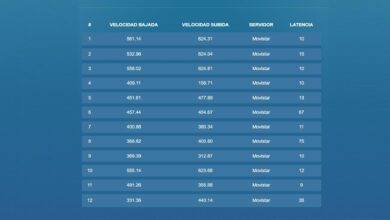
One of the devices in the home that needs the most bandwidth is the Smart TV, since we normally consume content in 4K resolution continuously for several hours throughout the day. For this reason, the best recommendation we can make is that you connect it by Ethernet network cable, to have a stable speed of 100Mbps or 1000Mbps, depending on the model of your TV. However, on many occasions this is not possible, and we have to resort to the WiFi network to connect as there is no network socket nearby and we cannot run cables throughout the house.
If the WiFi coverage reaches your Smart TV well, it is best that you connect it directly to the router’s WiFi network, either in the 2.4GHz or 5GHz band, because the latest Smart TVs support the 5GHz band to have better actual performance. In the event that WiFi coverage does not reach your Smart TV well, a very interesting solution is to use PLCs with Wi-Fi, with the aim of having the best possible signal wherever we are going to connect it.
Connect your Smart TV to the PLC like this
The PLC devices (Powerline) They allow us to carry the Internet signal and the local home network through the electrical wiring of our home. This will cause all network traffic to flow through the home electrical wiring, and we can get real speeds of more than 1Gbps in some specific cases. PLCs are always sold in pairs and even in packs of three devices, since one of the devices must be connected to a power outlet near the router, because we must connect it directly to the router via Ethernet network cable. We will connect the second or third device wherever we do not have a good WiFi connection, so that all devices connect with the best possible coverage and speed.
If you are going to connect a PLC with Wi-Fi in the room where the Smart TV is, what you should do is connect it directly by cable to the additional PLC, and do not use WiFi connectivity to connect this device. In this way, you will achieve the greatest stability of the connection, and even a higher real speed than if you connect it by WiFi. Although the latter depends on many factors, because You may get faster speeds if you connect your TV via Wi-Fi What if you connect it by cable?
Today many Smart TVs have a Fast-Ethernet port (at 100Mbps) but a Wi-Fi 5 connection that allow us to reach speeds of up to 867Mbps, so in theory the WiFi connection should work faster than the wired connection, however, this may not be the case if we have a lot of interference with neighboring networks or a large number of wireless clients connected to the same time. You will have to try which is faster, whether to use cable or PLC. Of course, in high-end Smart TV models, we have a Gigabit Ethernet port (at 1Gbps), in these cases the operation is clearly faster by cable than by WiFi.
Keep this in mind when setting up the WiFi network
Currently there are PLC models with Wi-Fi that have the possibility of forming a Mesh network, with WiFi roaming to go from one node to another transparently, and also with band-steering so that we have a single WiFi network (SSID) and that the system itself places us in the 2.4GHz band or in the 5GHz band.
The latter is quite problematic because the Smart TV could only support the 2.4GHz band and not the 5GHz band, and it could return an error when connecting. In these cases, the best thing you can do is:
- Separate the frequency bands using different WiFi names (SSIDs), for example, RedesZone_2.4GHz and RedesZone_5GHz to perfectly differentiate between them.
- Temporarily deactivate the 5GHz band, connect the Smart TV to the 2.4GHz band, and then reactivate the 5GHz band so that compatible devices can connect.
Without a doubt, the first option is the one that will never give you any problems, and it is the one that we recommend you apply. There are some WiFi Mesh systems that do not support two different SSIDs for the bands, in these cases you have no choice but to go for the second option. In the event that your Smart TV only supports 2.4GHz, try connecting it directly to the PLC by cable because it will give you better performance, but above all, greater stability in the connection.




